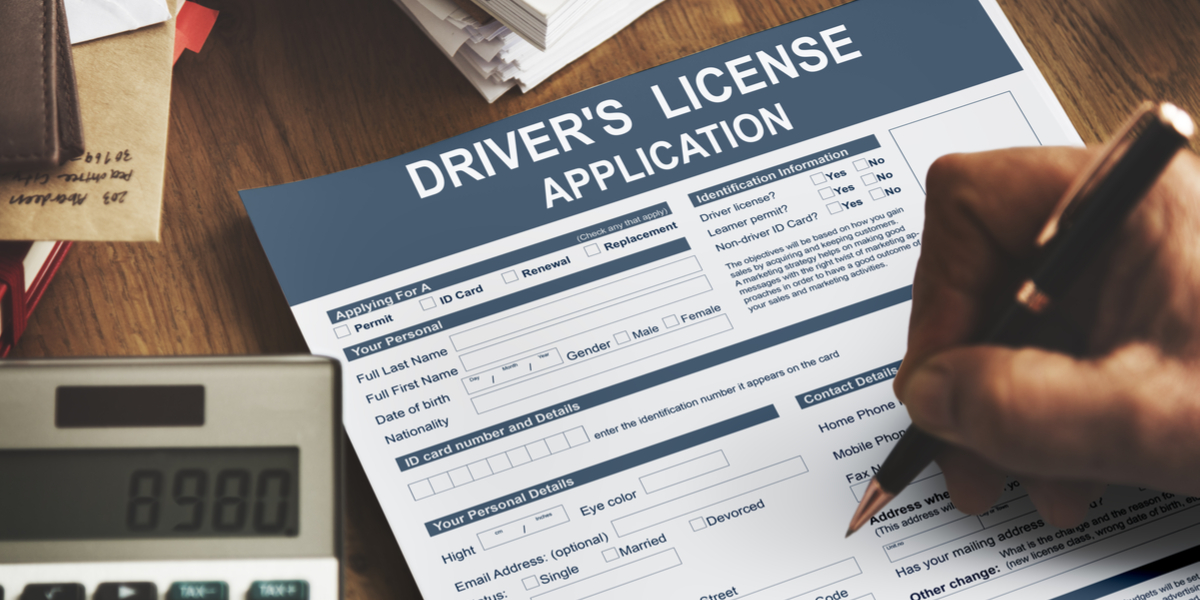Writing A Hardship Letter Tax Deferral
If you are under financial hardship and you are unable to pay for your taxes, one way to get some relief is by writing a hardship letter to the IRS for a tax deferral. Of course, this letter will only be considered if what you have written is genuine and if you can prove it. One of the deferrals you may be eligible for is a one year property tax deferral. That does not mean that you won’t have to pay the tax at all, but rather that you can have a break for one year, paying the missed taxes at a later stage.
Basic Rules for Writing the Hardship Letter
Make sure that your letter is clear, concise, and short. Do not exaggerate your situation, but rather state the facts. Address the letter to your county assessor, which you can obtain through their office over the telephone. Make sure the letter is written formally and that it is free from grammatical and spelling mistakes. Also include photocopies (not originals) of every piece of evidence you want to provide.
Possible Reasons for a Tax Deferral
Each state has its own criteria for accepting or denying such a deferral. However, most will accept failed business, separation or divorce, death in the family, illness or disability, unemployment, and/or activated military personnel, as good reasons. However, it is advisable to check your state’s specific rules and regulations. It is likely that there are specific programs that your state has available, and you need to apply to the one that is most appropriate to your needs.
Possible Programs Applicable for a Hardship Letter for Tax Deferral
The letter you will write will vary depending on the program that is applicable to you. Some of the options are:
- Programs for those who have had a mortgage on their current property for at least five years
- Programs for nonprofits, who may receive federal but not state tax exemption and who now operate a business that is exempted under state legislature
- Programs for veteran widows and widowers with low incomes
- Programs for people over the age of 60
- Programs for individuals who are retired due to a disability
- Programs for those whose home has been damaged by natural disaster
- Programs for long term occupants
- Programs for returning veterans
Whichever program you apply for, you will need to include documented evidence of your situation. This will usually include your federal income tax statement, your paychecks, copies of any outstanding debt, and your general monthly bills.
What to Do If Deferral Is Approved
If the IRS grants you the deferral, you must start to prepare yourself for next year. This is because, at that point, you will not only have to pay your regular taxes, but also the taxes from the year that you have missed. Should you find yourself in difficulty for several years in a row, then it is likely that you will be asked to enter into an escrow arrangement, which can be done through your mortgage provider. This means that you pay slightly more every month to your lender, who will then make the property tax payments. This means that you don’t have to pay a huge sum in one payment.
Hardship Letter Tax Deferral Example
{Your Name}
{Your Address}
{Your Phone #}
{Date}
To Whom It May Concern:
I am writing this letter to explain why I am unable to pay my property taxes this year. I have recently fallen upon difficult times financially and would like to request a deferral.
In the last few month my financial situation has become dire due to {the loss of my job, an illness, a death in the family, be specific}. I am no longer to pay for {medical bills, mortgage, etc.} and I am concerned that I will have to {foreclose, file for bankruptcy, etc.}
I am not attempting to avoid paying my necessary debt to society, and I understand that I will owe these taxes next year. I would just like to explain that I am in an unusually difficult position this year and require the deferral in order to get back on my feet.
I am attaching my federal income tax return from last year, as well as my credit card bill from the last two months. I hope they make my position clear.
I appreciate your time and consideration. I look forward to hearing from you soon concerning this matter.
Sincerely,
{Sender Name}




